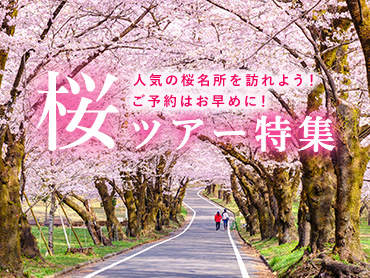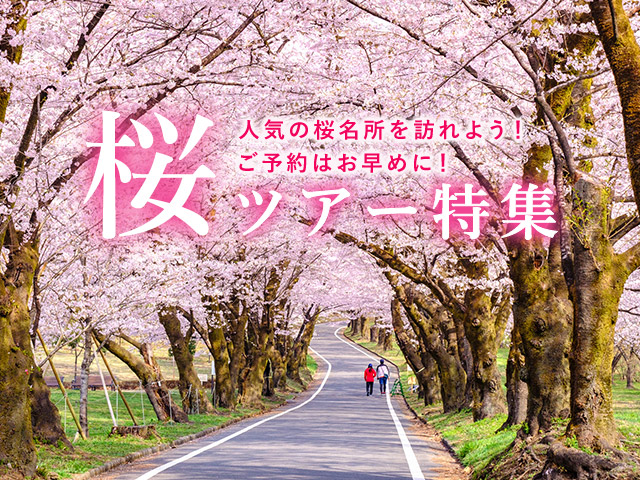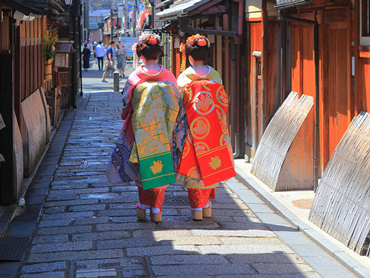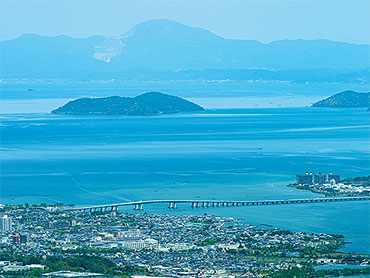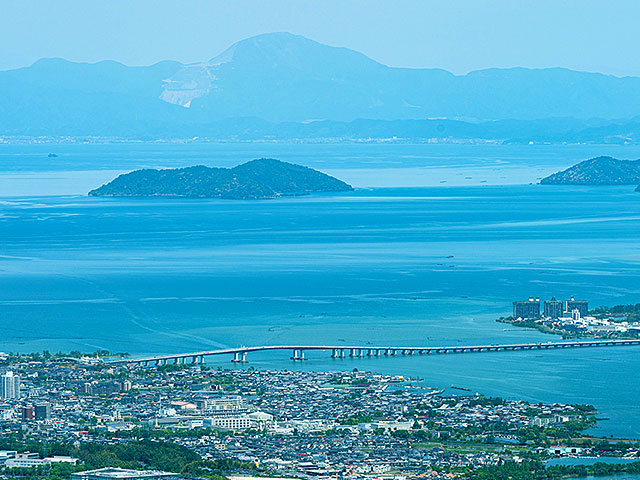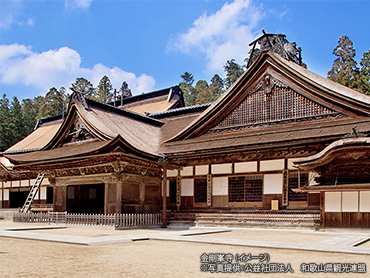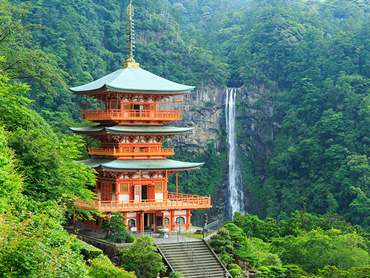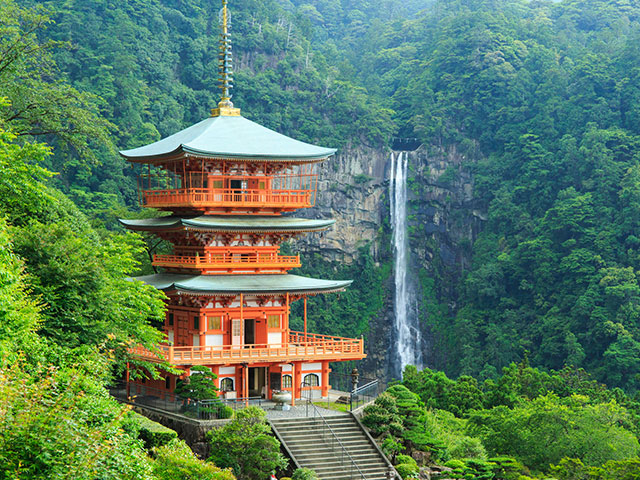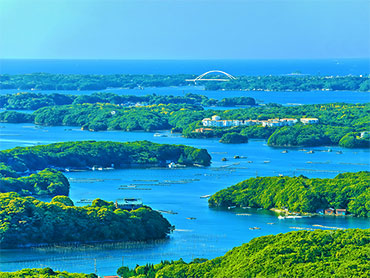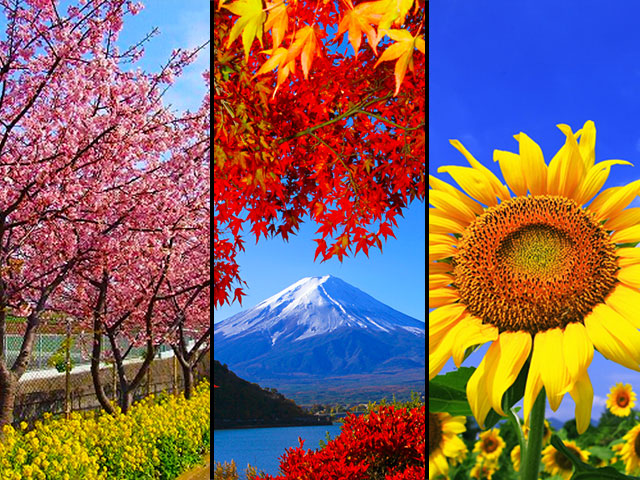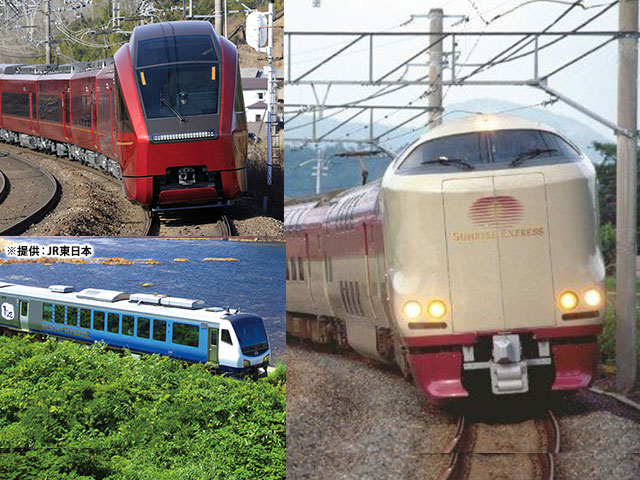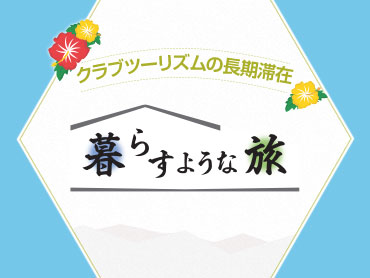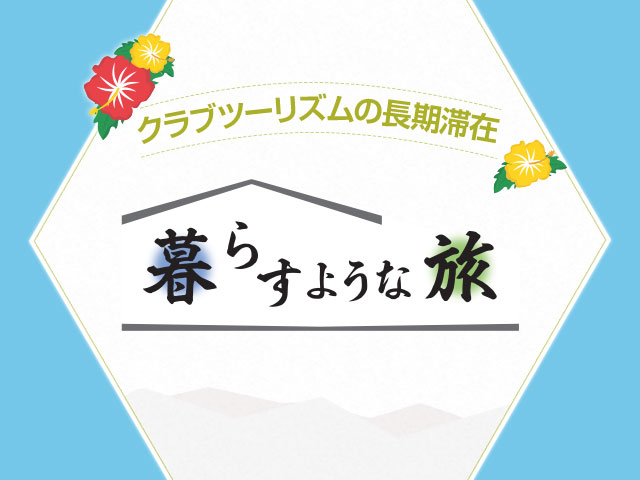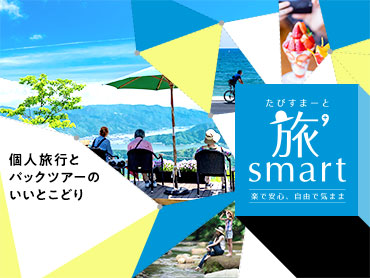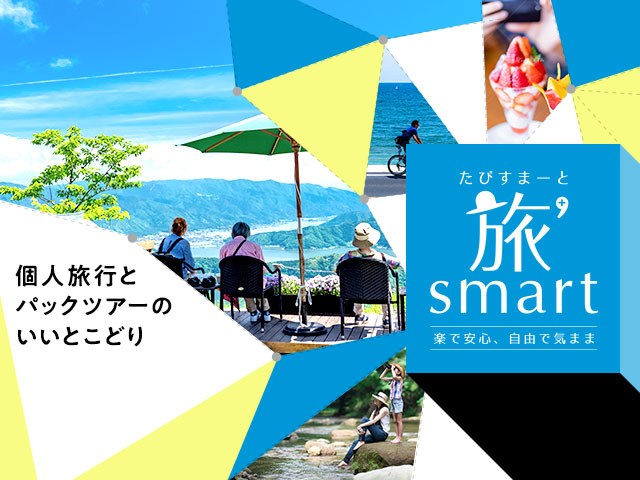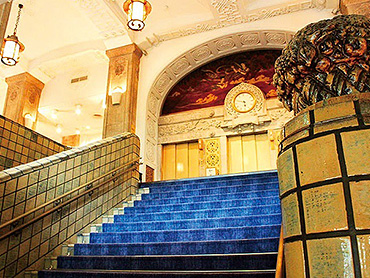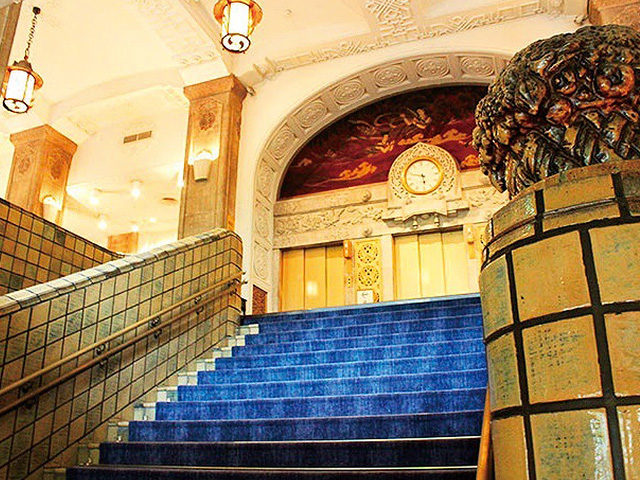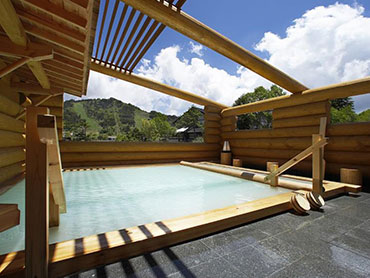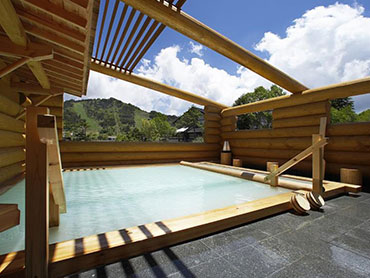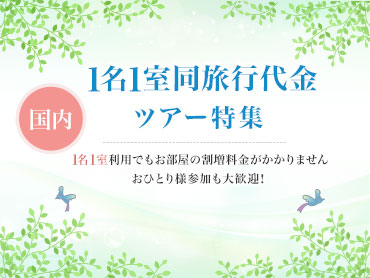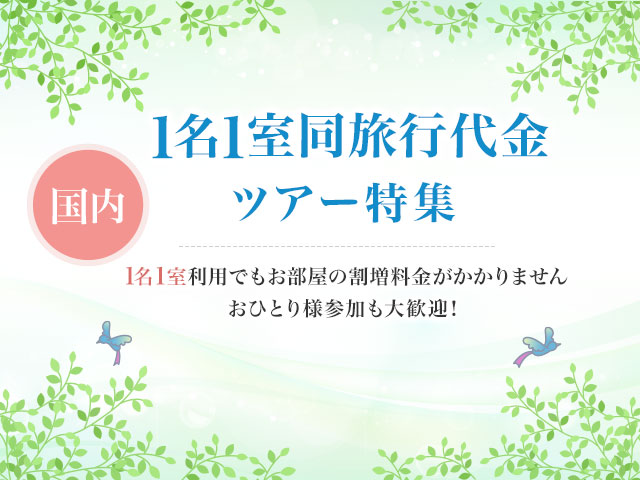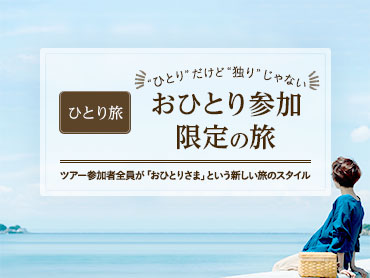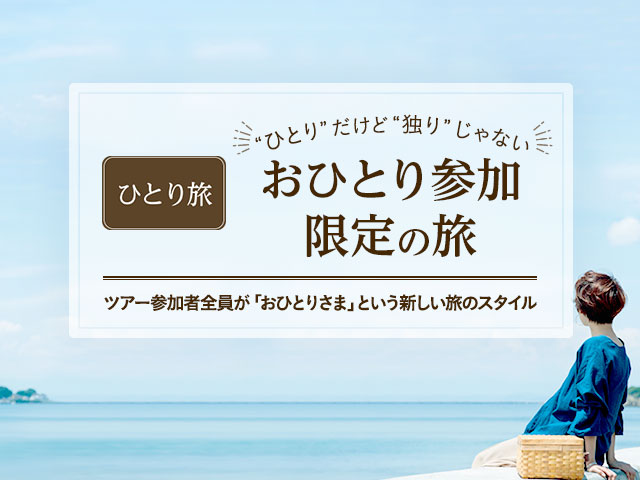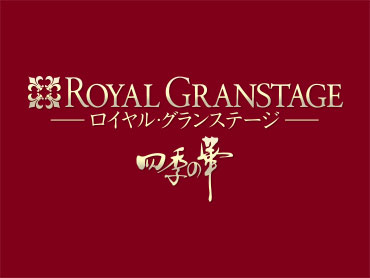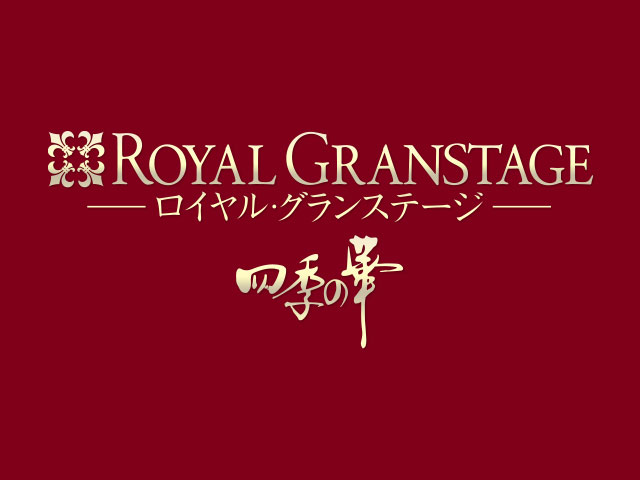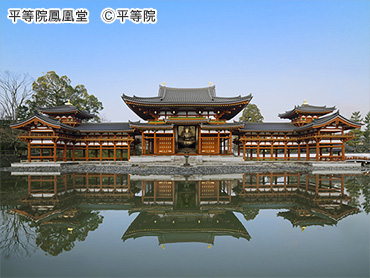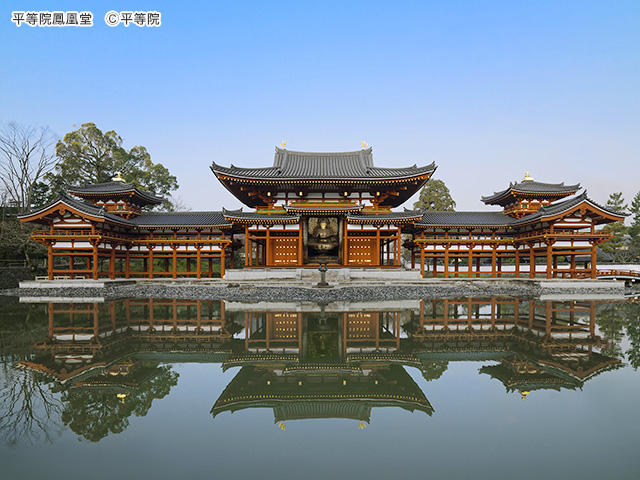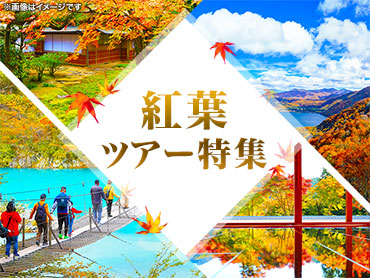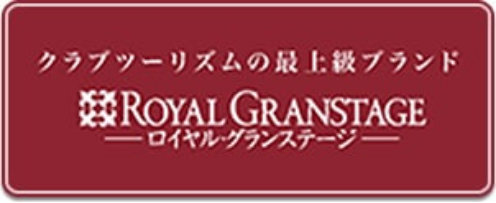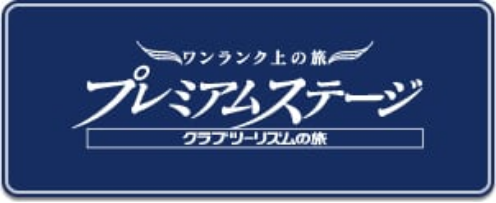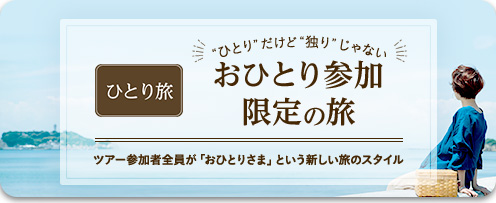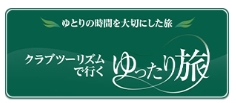Things to see in Nara | Nara Travel & Nara Tours

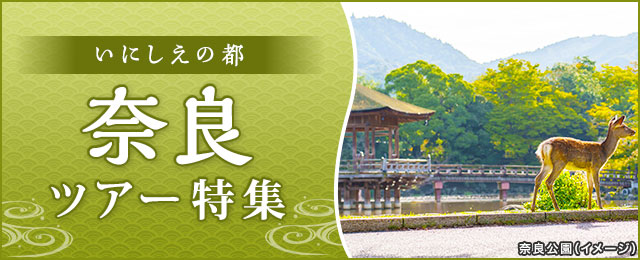
Club Tourism's Nara trips and tours! We provide thorough support with a tour guide. We introduce famous places such as Todaiji, Kasuga Haruhi Shrine, Horyuji Yakushiji Nara Yoshinoyama, Mount Yoshino, and Nara Park, as well as information on Nara's specialty dishes and souvenirs. It's easy to search for and book tours.
What to see in Nara
Nara central area

※世界遺産は紫●/その他の見どころは赤●です
東大寺、薬師寺など世界遺産が多く、奈良公園など市民の憩いの場所も数多く点在しています。懐かしい風情を残す奈良町の町並み散策もおすすめです。

写真提供:一般財団法人奈良県
ビジターズビューロー
奈良公園
春日大社、東大寺、興福寺の世界遺産を含む広大な公園で、奈良市民の憩いの場としても親しまれています。
World heritage
Other highlights
Ikoma, Ikaruga, Shigi area

※世界遺産は紫●/その他の見どころは赤●です
生駒エリアは、江戸時代に創建された生駒聖天・宝山寺(ほうざんじ)の門前町として発展したところです。斑鳩・信貴エリアは、聖徳太子ゆかりの史跡に数多く出会うことができます。
法隆寺
7世紀初めに推古天皇と聖徳太子が建立しました。世界最古の木造建築の金堂、五重塔、回廊や、多くの仏像、宝物が伝来しています。
World heritage
Other highlights
Yoshino area

※世界遺産は紫●/その他の見どころは赤●です
源義経や後醍醐天皇、豊臣秀吉が訪れたことのある吉野山。天川村・大峯山は、修験道の聖地となっており、今も修験者が訪れます。

写真提供:一般財団法人奈良県
ビジターズビューロー
吉野山
桜の名所で知られている吉野山は、下千本から奥千本まで吉野山全部が桜色に染まり、朝もや、桜のライトアップなど時間により様々な景色をご覧いただけます。また、春は桜、夏は紫陽花、秋は紅葉と様々など四季折々に楽しむことができます。
World heritage
Other highlights
Asuka/Kashihara area

※世界遺産は紫●/その他の見どころは赤●です
飛鳥京や藤原京がおかれていた飛鳥・橿原は、古代日本の中心舞台でした。巨石を積んだ石舞台古墳や日本初の本格的寺院で日本最古の仏像として知られている「飛鳥大仏」のある飛鳥寺など、奈良の歴史を身近に感じることができます。

(イメージ)
石舞台古墳
明日香村にある古墳時代後期の古墳で、巨大な石を用いた横穴式石室をもちます。蘇我馬子の墓「桃原墓」といわれ、桜の名所でも有名です。
Other highlights
Introducing the seasonal customs and customs of Nara
Wakakusa-yaki
Date: Every fourth Saturday Jan.

伝統行事・若草山の山焼き(イメージ)
奈良市内を見下ろす奈良のシンボル、若草山で行われる冬の代表的行事です。
山上古墳の鶯塚に葬る霊魂を鎮めるための祭礼というべきものであり、供養のためでもあったといえます。
冬の古都の夜空を赤々と染め上げ、山全体が浮かび上がるさまは壮観で、午後から山麓にて行われるイベントもお楽しみください。
Todaiji Temple Nigatsudo "Shunie" Omizutori Ceremony
Event period: Mar. 1st to 14th every year
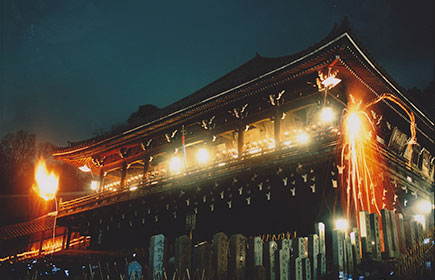
提供:奈良県ビジターズビューロー撮影:木村昭彦
「修二会」とは、正式名称は「十一面悔過法要」(じゅういちめんけかほうよう)といい、練行衆と呼ばれる僧侶が、人々が日常に犯している様々な過ちを東大寺二月堂の本尊である十一面観音菩薩の宝前で懺悔(さんげ)することを意味します。毎年3月1日から2週間にわたって鎮護国家や五穀豊穣の祈りを込めて行われます。このお水取りが終わると、近畿地方に春が訪れるといわれるほど古くから地域の人々に親しまれる行事です。
Shosoin Exhibition
Event period: Late Oct. to early Nov. (autumn) every year
The Shosoin Repository is usually closed to the public, but once a year a special exhibition of the treasures is held at Nara National Museum.
The treasures include items beloved by Emperor Shomu, ritual implements used in Todaiji Temple ceremonies, rare Chinese artefacts, and Persian and Indian crafts, and the wide variety and international flavour makes it well worth a look.




